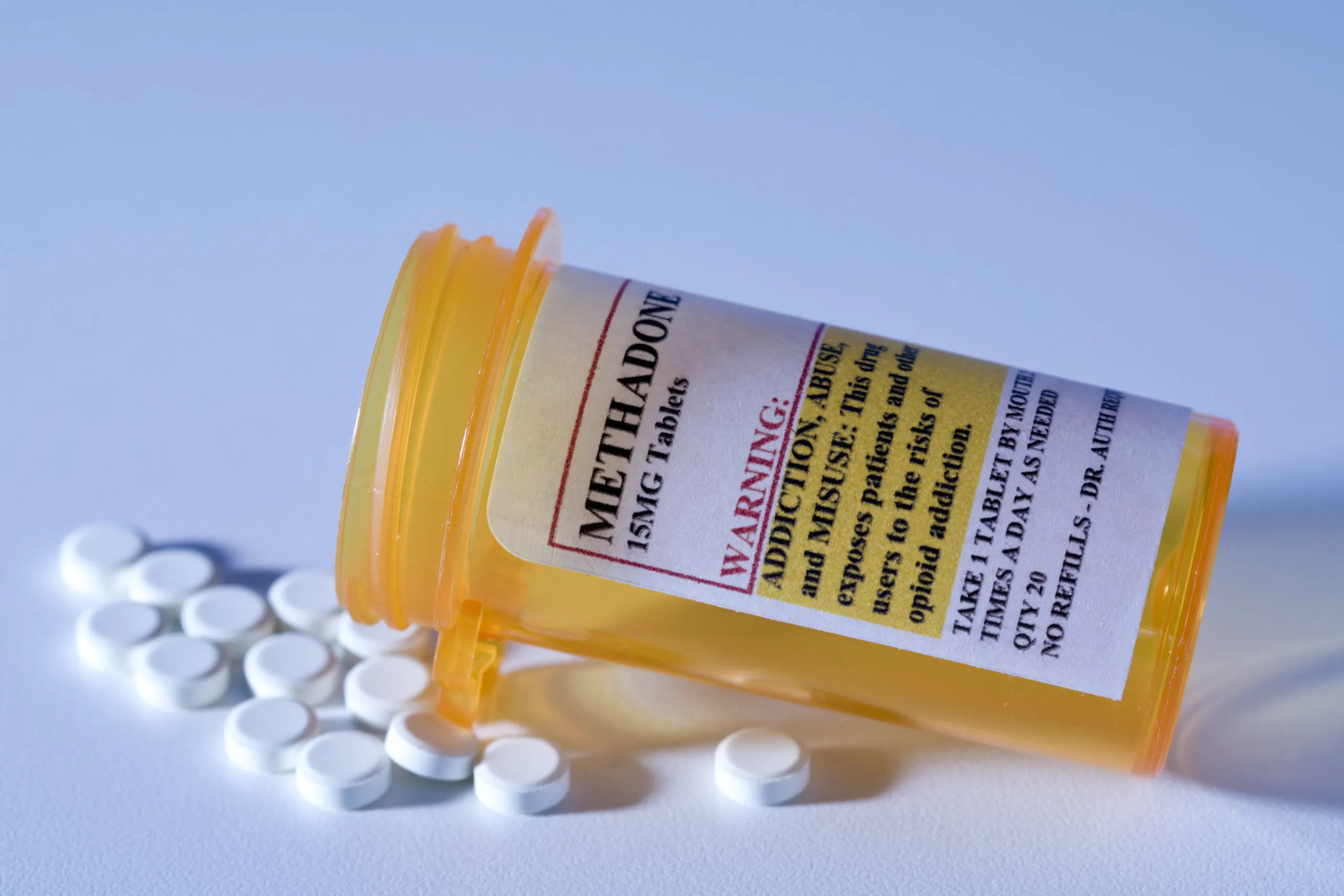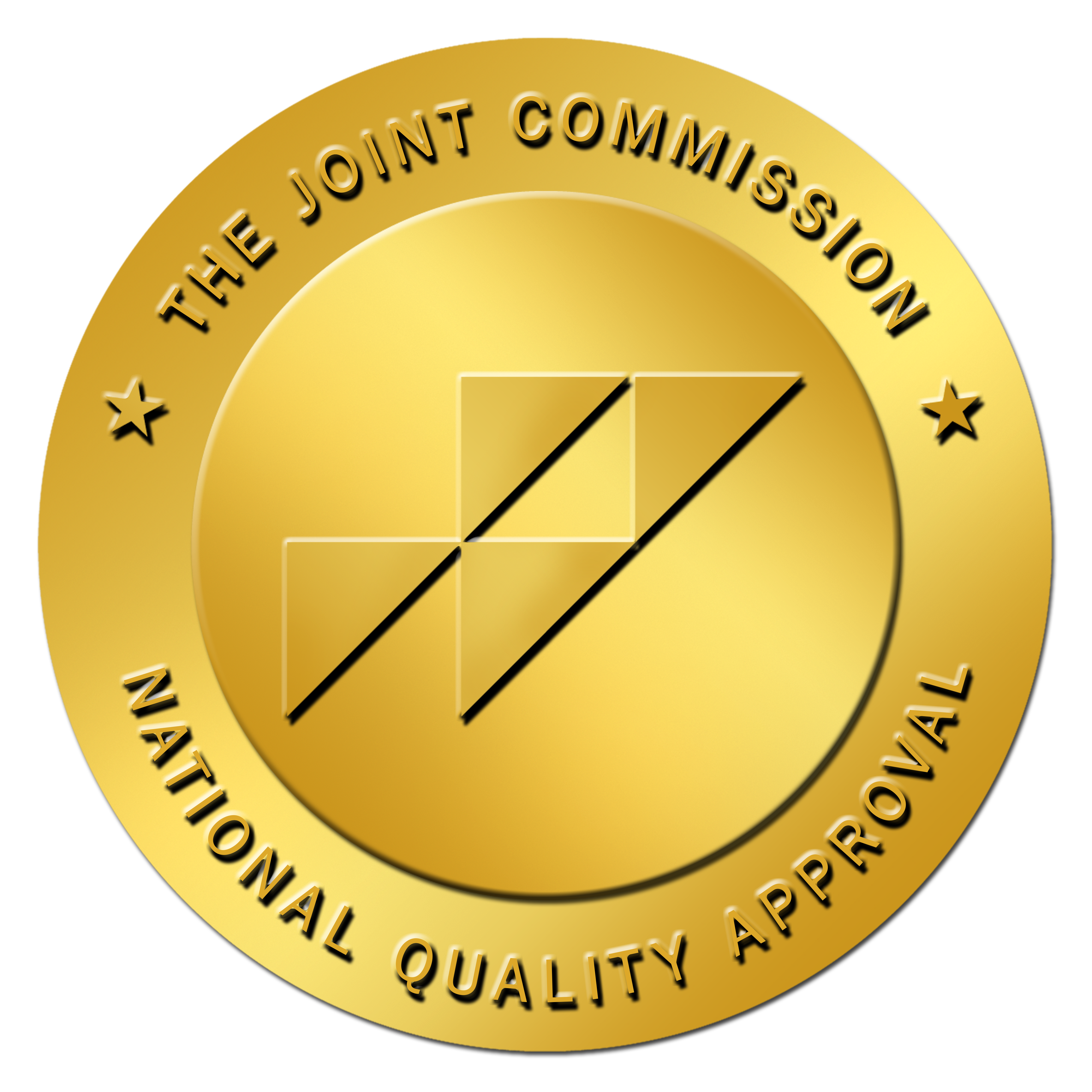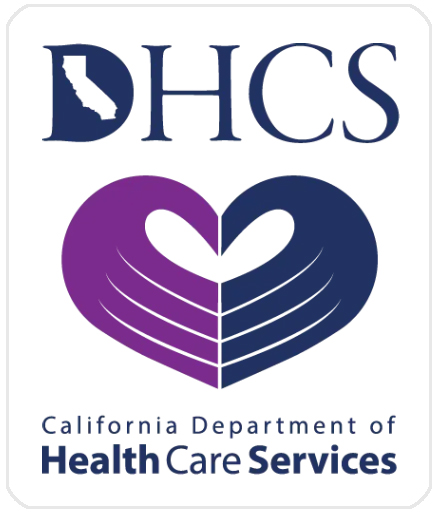Methadone
Methadone Detox & Treatment




We’re In-Network With

What Is Methadone?
Street Names:
Amidone, Chocolate Chip Cookies, Fizzies with MDMA, and WaferWhat is Methadone Tapering?
Methadone tapering is the gradual reduction of methadone dosage under medical supervision as part of a structured plan to help individuals safely and effectively discontinue their use of the medication. This process is commonly employed in the treatment of opioid dependence. Tapering allows your body to adjust to decreasing methadone levels, minimizing withdrawal symptoms and potential complications associated with abrupt cessation. The tapering schedule is tailored to each individual’s needs and progress, aiming to support a smooth transition toward sustained recovery while addressing the physical and psychological aspects of opioid dependence.
Is It Dangerous?
Methadone can be dangerous if not taken as prescribed. Incorrect use or sudden discontinuation can lead to withdrawal symptoms and potential health risks.
What Are The Long-term Effects of Using Methadone?
Long-term use of methadone, a medication integral to opioid addiction treatment, may impact individuals across various domains. Physically, it can contribute to fluctuations in weight and potentially influence cardiovascular health. Psychologically, methadone may induce mood alterations and affect cognitive functions over prolonged use. Behavioral adjustments might be necessary, influencing lifestyle and potentially impacting personal and social relationships. Tolerance and dependence issues may arise, with increased doses needed for the same effect and physical dependence leading to withdrawal symptoms upon cessation. Prolonged use could also potentially affect liver and organ function. It’s crucial to acknowledge that the severity and expression of these effects can differ among individuals. Regular supervision by healthcare professionals becomes paramount during extended methadone use to address potential side effects, ensuring the individual’s overall well-being throughout the treatment process.
Signs & Symptoms of Methadone Withdrawals
Methadone withdrawal symptoms can vary in intensity and duration. Common signs and symptoms of methadone withdrawal include:
- Flu-like symptoms: Individuals may experience flu-like symptoms, including body aches, fever, and chills.
- Gastrointestinal distress: Methadone withdrawal often involves digestive issues such as nausea, vomiting, diarrhea, and stomach cramps.
- Insomnia: Difficulty sleeping or insomnia is a typical withdrawal symptom.
- Mood changes: Emotional and psychological symptoms can include anxiety, irritability, depression, and mood swings.
- Muscle pain: Muscle aches and joint pain are common during withdrawal.
- Yawning and sneezing: Frequent yawning and sneezing may occur as part of withdrawal.
- Runny nose and watery eyes: Nasal congestion, runny nose, and watery eyes are common symptoms.
- Dilated pupils: The pupils may become dilated (enlarged) during methadone withdrawal.
- Goosebumps: The skin may develop goosebumps, resembling “gooseflesh.”
- Increased heart rate: Some individuals may experience an elevated heart rate or palpitations.
It’s important to note that the severity and duration of withdrawal symptoms varies depending on things like the dosage of methadone, duration of use, and individual differences in metabolism and tolerance. Seeking professional medical guidance and support during methadone withdrawal is recommended to manage symptoms and ensure a safe and comfortable detoxification process.
Benefits of a Methadone Detox Program
Methadone detox programs provide medical supervision, emotional support, and a structured environment to help individuals safely and comfortably overcome methadone dependence.
Where Can I Find Help, Treatment, and Support?
Seek help from healthcare professionals, addiction treatment centers, or support groups for comprehensive assistance and resources tailored to your needs.
How To Pay For Methadone Detox
Payment options for methadone detox may include health insurance, government assistance, private payment plans, or financial assistance programs. Consult with treatment providers for guidance on financing options.



